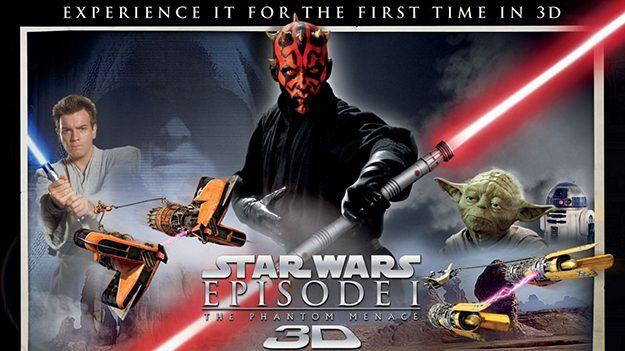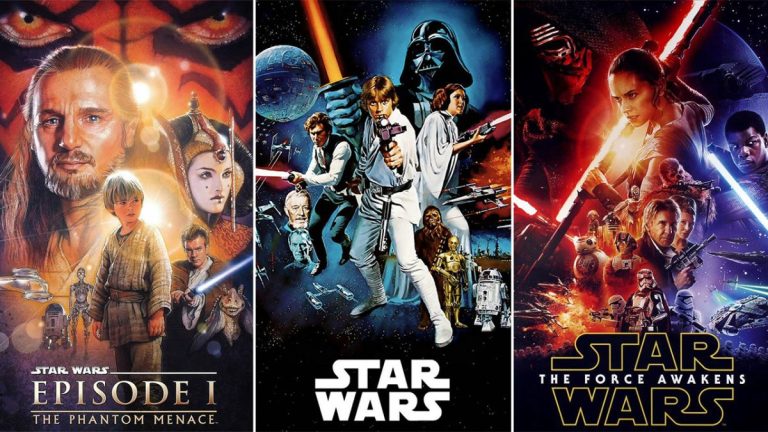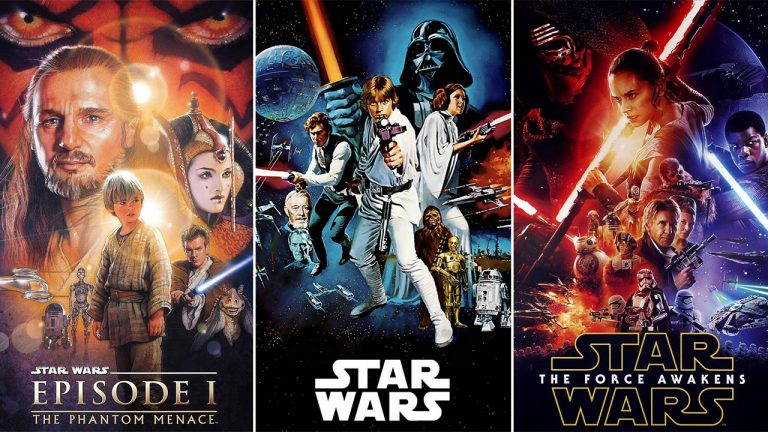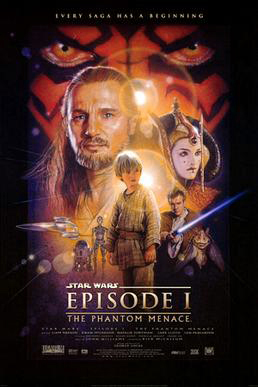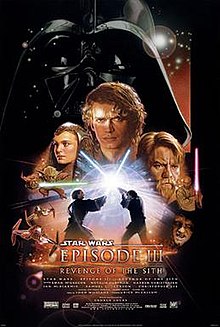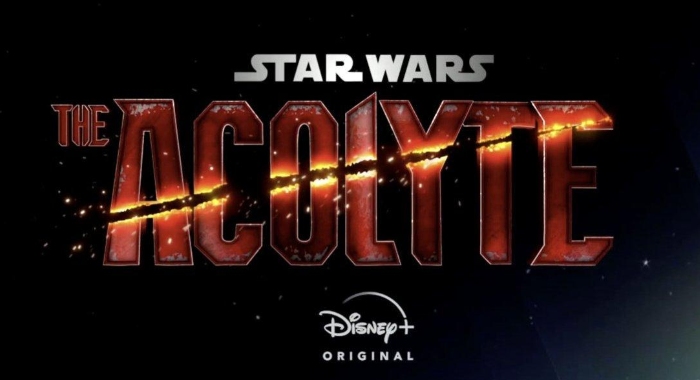What Is The Star Wars Sequel Trilogy Timeline?
Attention all Star Wars fans! Have you ever wondered about the timeline of the Star Wars Sequel Trilogy? Well, look no further because we’re about to dive into the captivating world of lightsabers, droids, and epic battles. In this article, we will explore the chronological order of events in the Star Wars Sequel Trilogy and uncover the secrets of this beloved sci-fi saga.
Now, you may be wondering, what exactly is the Star Wars Sequel Trilogy? It is the third set of films in the Star Wars franchise, following the Original Trilogy and the Prequel Trilogy. Comprised of three movies – “The Force Awakens,” “The Last Jedi,” and “The Rise of Skywalker” – this trilogy continues the epic story of the battle between the dark side and the light side of the Force.
So, buckle up and prepare for lightspeed as we embark on a journey through time and space to unravel the mysteries of the Star Wars Sequel Trilogy timeline. From the return of iconic characters to the introduction of new heroes and villains, this trilogy is sure to captivate fans young and old. Get ready to experience the thrills, the twists, and the unforgettable moments that make Star Wars a timeless and beloved franchise. May the Force be with you as we delve into the epic adventure of the Star Wars Sequel Trilogy!
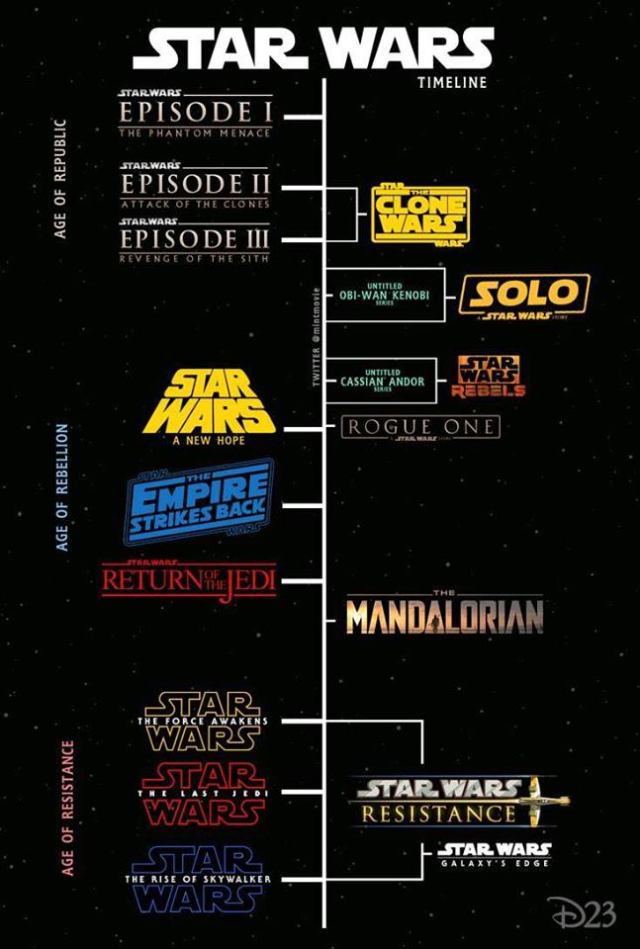
What is the Star Wars Sequel Trilogy Timeline?
The Star Wars Sequel Trilogy is a series of three films that continue the iconic Star Wars saga. It takes place after the events of the original trilogy, which includes Episodes IV, V, and VI, and before the events of the prequel trilogy, which includes Episodes I, II, and III. The Sequel Trilogy introduces new characters, conflicts, and storylines while also featuring beloved characters from the original films.
The Force Awakens: The Beginning of a New Era
The first film in the Star Wars Sequel Trilogy is “Star Wars: Episode VII – The Force Awakens.” Set approximately 30 years after the events of “Return of the Jedi,” this film introduces a new generation of heroes and villains. The story follows Rey, a scavenger from the desert planet of Jakku, as she discovers her connection to the Force and joins forces with the Resistance to defeat the First Order, a militaristic organization led by the mysterious Supreme Leader Snoke and his enforcer, Kylo Ren.
In “The Force Awakens,” we are also reintroduced to familiar faces such as Han Solo, Leia Organa, and Luke Skywalker. The film sets the stage for the overarching conflict between the Resistance and the First Order, as well as the personal journeys of the new characters.
The Last Jedi: A Journey of Self-Discovery
Continuing the story from “The Force Awakens,” “Star Wars: Episode VIII – The Last Jedi” delves deeper into the character development of Rey, Kylo Ren, and other key players in the Sequel Trilogy. Rey seeks guidance from the elusive Luke Skywalker, who is grappling with his past failures and the weight of his legacy. Meanwhile, Kylo Ren struggles with his allegiance to the dark side and his connection to Rey.
“The Last Jedi” explores themes of identity, redemption, and the balance between light and dark. The Resistance, led by General Leia Organa, faces increasing challenges as they fight against the relentless onslaught of the First Order. The film also introduces new characters and expands upon the mythology of the Force, providing a deeper understanding of the Star Wars universe.
Rise of Skywalker: The Final Battle
The epic conclusion to the Star Wars Sequel Trilogy is “Star Wars: Episode IX – The Rise of Skywalker.” This film brings together all the threads of the story as the Resistance makes a final stand against the First Order. Rey, now fully aware of her powers as a Jedi, confronts her ultimate destiny and faces off against the resurrected Emperor Palpatine, who seeks to regain control of the galaxy.
“The Rise of Skywalker” not only ties up the loose ends of the Sequel Trilogy but also pays homage to the entire Star Wars saga. It features appearances from characters spanning the entire series, both through live-action performances and archival footage. The film delivers an action-packed and emotionally charged climax that brings closure to the storylines of the new characters while honoring the legacy of the original trilogy.
The Star Wars Sequel Trilogy Timeline: A Summary
To summarize, the Star Wars Sequel Trilogy takes place after the events of the original trilogy and before the events of the prequel trilogy. “The Force Awakens” introduces new heroes and villains, setting the stage for the conflict between the Resistance and the First Order. “The Last Jedi” delves deeper into character development and explores the themes of identity and redemption. Finally, “The Rise of Skywalker” brings the story to its epic conclusion, providing closure to the new characters’ arcs and honoring the legacy of the entire Star Wars saga.
Throughout the Sequel Trilogy, we witness the growth and evolution of characters like Rey, Kylo Ren, and the returning favorites from the original trilogy. The films offer a fresh perspective on the Star Wars universe while staying true to its core themes and mythology. Whether you’re a longtime fan or a newcomer to the galaxy far, far away, the Star Wars Sequel Trilogy provides an exciting and captivating continuation of the beloved saga.
Key Takeaways: What is the Star Wars Sequel Trilogy timeline?
- The Star Wars Sequel Trilogy consists of three movies: “The Force Awakens,” “The Last Jedi,” and “The Rise of Skywalker.”
- “The Force Awakens” takes place approximately 30 years after the events of “Return of the Jedi.”
- “The Last Jedi” continues the story immediately after the events of “The Force Awakens.”
- “The Rise of Skywalker” concludes the trilogy and wraps up the story of the new generation of characters.
- The Sequel Trilogy timeline introduces new heroes, like Rey, Finn, and Poe, as well as familiar faces like Luke Skywalker, Leia Organa, and Han Solo.
Frequently Asked Questions
In this section, we will answer some common questions about the timeline of the Star Wars Sequel Trilogy.
1. When does the Star Wars Sequel Trilogy take place?
The Star Wars Sequel Trilogy takes place approximately 30 years after the events of Return of the Jedi, which is the final film in the original Star Wars trilogy. It introduces a new generation of characters and continues the story of the Skywalker family.
The first film in the Sequel Trilogy, Star Wars: Episode VII – The Force Awakens, kicks off the timeline, followed by Star Wars: Episode VIII – The Last Jedi and Star Wars: Episode IX – The Rise of Skywalker.
2. Who are the main characters in the Star Wars Sequel Trilogy?
The Star Wars Sequel Trilogy introduces a new set of main characters while also bringing back some familiar faces. Rey, played by Daisy Ridley, is the central protagonist and a Force-sensitive scavenger from the desert planet of Jakku. She becomes the focal point of the trilogy’s storyline.
Other key characters include Finn, a former stormtrooper turned Resistance fighter, played by John Boyega, and Poe Dameron, a skilled pilot and member of the Resistance, portrayed by Oscar Isaac. The trilogy also features the return of original trilogy characters such as Luke Skywalker, Leia Organa, and Han Solo.
3. How does the Star Wars Sequel Trilogy connect to the original trilogy?
The Star Wars Sequel Trilogy continues the overall narrative of the Star Wars saga and serves as a direct sequel to the original trilogy. It explores the aftermath of the Galactic Civil War and the rise of a new threat to the galaxy known as the First Order, led by Supreme Leader Snoke and his apprentice, Kylo Ren.
The original trilogy characters, such as Luke Skywalker, Leia Organa, and Han Solo, play significant roles in the Sequel Trilogy and contribute to the ongoing story arc. The trilogy also pays homage to the original films by incorporating familiar locations, themes, and iconic elements from the Star Wars universe.
4. Are there any spin-off films or series related to the Star Wars Sequel Trilogy?
Yes, there are spin-off films and series that are connected to the Star Wars Sequel Trilogy. One notable example is the standalone film Rogue One: A Star Wars Story, which is set before the events of the original Star Wars film and provides backstory and context to the events leading up to the Sequel Trilogy.
In addition, the Disney+ streaming service has produced a series called The Mandalorian, which takes place in the same timeline as the Sequel Trilogy and explores the adventures of a bounty hunter in the aftermath of the Galactic Empire’s fall.
5. How does the Star Wars Sequel Trilogy conclude?
The Star Wars Sequel Trilogy concludes with Star Wars: Episode IX – The Rise of Skywalker. The film brings the Skywalker saga to an end and resolves the conflicts introduced throughout the trilogy.
Without giving away specific plot details, the film showcases the final battle between the Resistance and the First Order while also delving into the redemption arc of Kylo Ren. It wraps up the major storylines and provides closure to the characters and their journeys.
The Star Wars Timeline…So Far | Cinematica
Final Summary: Unraveling the Star Wars Sequel Trilogy Timeline
And there you have it, the epic and intricate timeline of the Star Wars Sequel Trilogy! From the rise of the First Order to the ultimate showdown between the Resistance and the dark forces of evil, this trilogy takes us on a thrilling journey through a galaxy far, far away.
But it’s not just the captivating storyline that makes the Star Wars Sequel Trilogy so memorable. The brilliant visual effects, the iconic characters, and the timeless themes of hope and redemption all contribute to its enduring popularity. Whether you’re a die-hard fan or a casual viewer, this trilogy has something for everyone.
So, as you embark on your own Star Wars adventure, remember to savor each moment and embrace the power of the Force. May the final chapter of the trilogy leave you with a sense of awe and wonder, as you join the ranks of fans eagerly awaiting the next installment in this beloved saga.
Remember, the Force will be with you, always.

